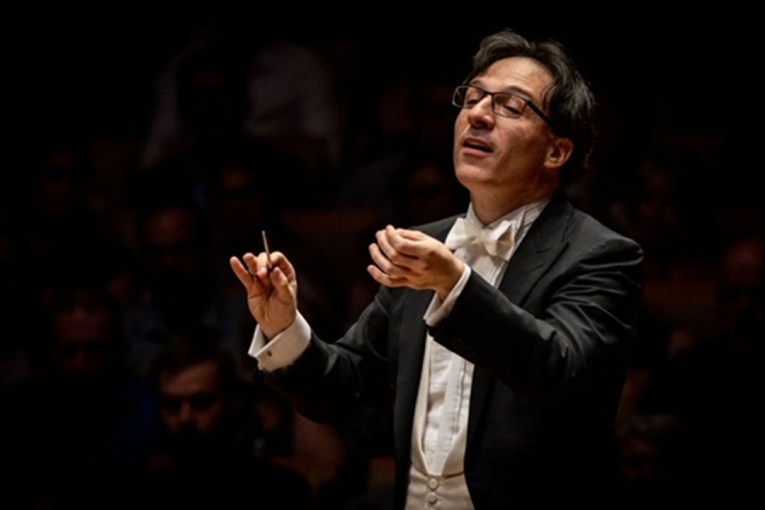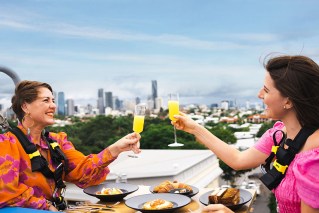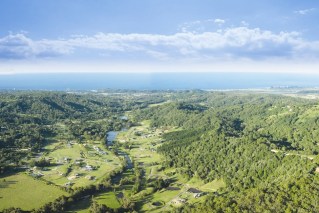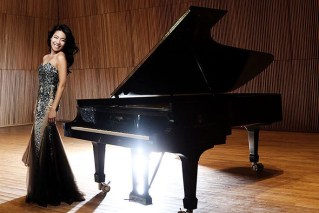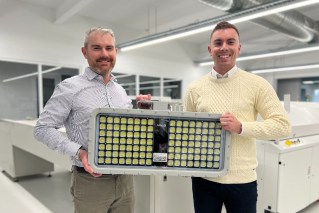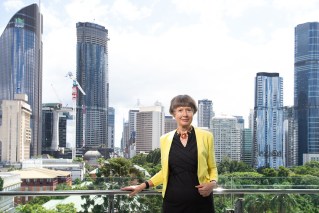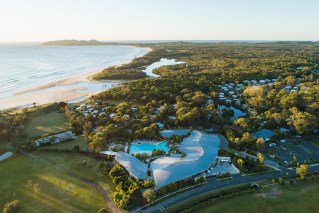
Strong women help unveil true colours for Gold Coast indigenous artist
A young Wiradjuri woman living on the Gold Coast connecting her personal stories and traditional culture is helping drive a new wave of contemporary Indigenous art.
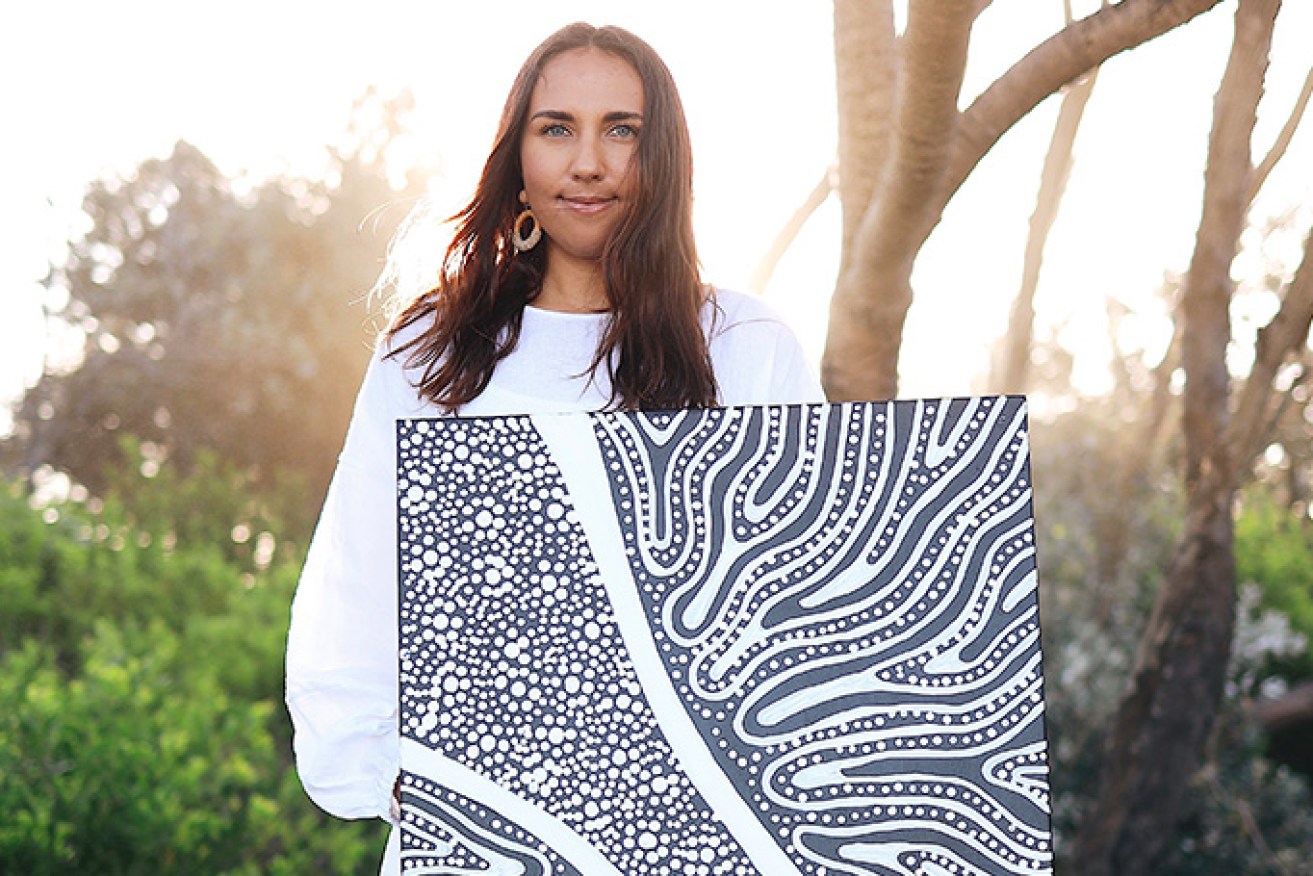
Growing up around strong women helped create a colour palette for Gold Coast-based artist Katrina Graves.
The sharp whites, soft pinks and contemporary hues of the 25-year-old’s art are significantly removed from the intensity of the big sky and red earth of traditional Indigenous desert art.
But her art is finding a home in designer interior spaces around the country and helping propel new interest and demand for modern representations of the ancient artform.
“I think there’s a new wave of contemporary Indigenous art and I think people are really starting to want that now,” Graves said.
“It’s about colours and having colours they love in their house. And people want Aboriginal art in their house, it’s a piece of Australia, it’s our history, it’s our people, it’s a First Nations connection.”
Graves, a Wiradjuri woman from Queanbeyan in New South Wales who moved to the Gold Coast when she was three, said she started selling her art from her business ‘Bunan to Murun Art’ two years ago. She said running the business from the Gold Coast had extended access to her art from local, to national and international buyers, with pieces already shipped to every Australian state and territory. Just two years in, she said she was being stretched to meet demand.
Taught by her mother Narelle, who is also an artist, she said she used traditional techniques, such as dotting, structure and symbols. But her colours set her apart and placed her firmly in the increasingly popular modern interpretation of traditional painting.

Katrina Graves with her mother and inspiration, Narelle Urquhart.
“My love for art has been greatly influenced by my mother and other family members,” Graves said.
“I’ve always been encouraged to practice my culture and to teach others about our history and stories. For me, art is not only a great way to share our stories but to educate people through different lenses.”
She said the stories and links from her great-grandmother Lilly, grandmother Iris and mother Narelle helped her find her artistic voice within the rules and connection to culture as well as carve out a place for Indigenous art in modern styling.
“You still have to be respectful and aware of what you can and can’t paint, it’s very important, but people are being more creative and adding a reflection of who we are as an individual,” she said.
“Also, the colours that you see now are a bit different to what you have seen before. Desert art is very bright and the art is beautiful, there’s nowhere else in the world you’ll find art like that.
“For my art, I like it to be part of someone’s house and be quite modern. I use lots of pinks, I like it to be quite feminine because I’ve grown up around strong women.”
Graves said her culture was embedded in every piece of her artwork.
“There is meaning behind the art, it is still deeply connected to culture, but we are moving to the meaning of the art and what I want to share with people.
“One of my paintings is Joy and it’s about the seasons and how different seasons can bring the joy that even if some food is low, there will be abundance in other food. It’s like modern concepts but there’s a connection to culture.
“Art is always an emotional connection, it’s not just that it looks pretty, there’s a meaning behind it and there’s a reflection of the artist in every piece.”
